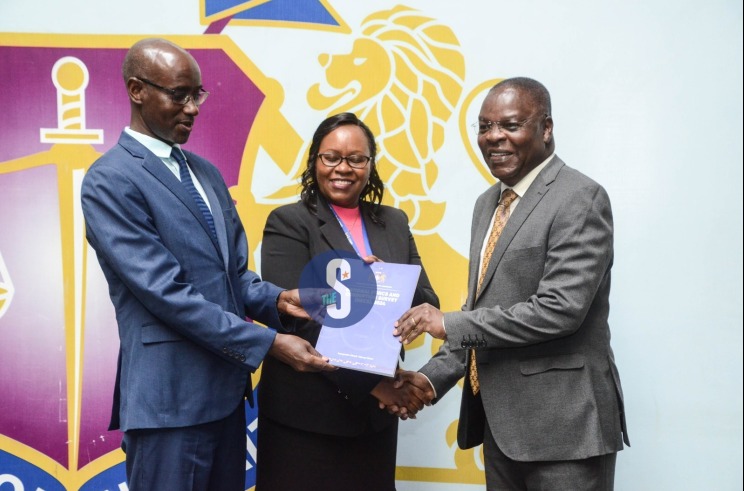

Kwale, Kilifi and Wajir counties have emerged as the most bribery-prone regions in Kenya, according to the National Ethics and Corruption Survey (NECS) 2024.
The report reveals that for every service sought in Kwale, a person is likely to be asked for a bribe 1.09 times.
The rate stands at 1.03 times in Kilifi and 1.02 times in Wajir, placing them at the top of the national corruption index by likelihood.
They are closely followed by Mandera, Marsabit, Tharaka Nithi, Kitui, Murang’a, Samburu, Elgeyo Marakwet, Vihiga, Homa Bay and Nyamira, each recording a 1.00 likelihood score, meaning citizens in these counties are asked for a bribe almost every time they seek a public service.
In contrast, Makueni recorded the lowest bribery likelihood score at 0.61, followed by Kajiado (0.69), Siaya (0.72), Nakuru (0.72) and Kisumu (0.73) — suggesting improved integrity or better enforcement in service delivery within these regions.
“The likelihood indicator reflects how frequently
individuals are asked for bribes when seeking services. It highlights countries and institutions with the most pressing challenges in combating petty
corruption,” the report by the Ethics and Anti-Corruption Commission stated.
While some counties saw higher bribe solicitation rates, others stood out for the sheer size of bribes being paid; Uasin Gishu (Sh25,873), Baringo (Sh16,156), Embu (Sh12,878), Homa Bay (Sh12,381) and Bomet (Sh11,650).
The survey also delved into the motivations behind bribery. Some 43.3 per cent said it was because a bribe was demanded, while 23.3 per cent stated it was the only way to access a service, with 18 per cent indicating that they paid to avoid delays in service provision.
Despite widespread corruption, the report revealed a culture of silence around reporting bribery.
An overwhelming 97.2 per cent of victims never reported the incidents, while only 2.8 per cent lodged complaints with authorities — a troubling figure for anti-corruption watchdogs.
The NECS 2024 was conducted under the mandate of Article 254(1) of the Constitution, the Ethics and Anti-Corruption Commission Act (2011), and the Leadership and Integrity Act (2012).
A total of 5,960 households (out of a targeted 6,000) were reached during the data collection period, November 6 – December 1, 2024.

















